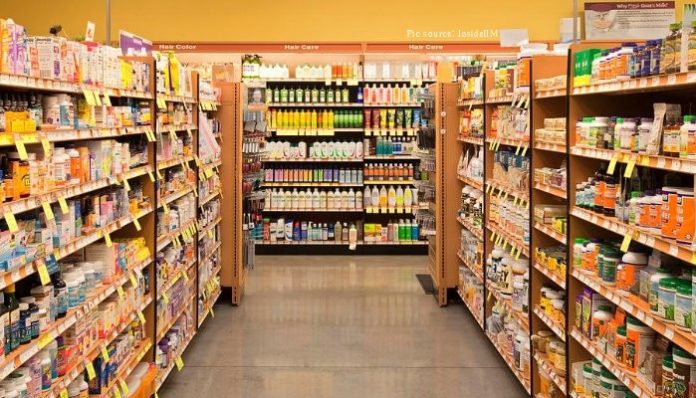Over the past 5 years approximately, consumer product startups are slowly but steadily picking pace in India. While their scale could be significantly low as compared with e-commerce, ride-sharing, or food delivery startups, there seems to be tons of action within the space.
India’s FMCG market is to be around $185Bn. Traditionally, the massive players in FMCG/CPG space have operated by owning a huge distribution pipe (Wholesalers, Distributors & Retailer), doing massively expensive marketing campaigns, and selling commoditized products. All of this is starting to change.
FMCG distribution faces issues across the continent and generally speaking all emerging markets:
Brands, importers, and manufacturers lack visibility and control over their distribution channels (pricing, marketing, stock management, promotion);
Distributors suffer from price discrepancy, running out of stock and inefficient logistics once they manage the delivery;
Small informal retailers which represent 98% of the market spend a big amount of their time managing fulfillment and grappling with the shortage of access to capital.
That smaller startups try to disrupt incumbents extended to the FMCG category is natural after the effect of internet penetration and therefore the subsequent second-order effects.
Also, as shown below, the CPG brands globally are infamous for his or her lack of innovation.
Here is a lesson that might help you, if you are thinking about making a similar jump in the future.
As a marketer, you’re not king of the planet . In a business where you truly own the 4p’s, you are quite literally the king of your brand. Product innovation and ad development could be done by somebody else , but only to your exacting brief.
There’s a couple of quotes I love in this regard, the first is from Steve Jobs, which I think makes this point a little to the extreme but I agree with the sentiment.
The second one is from the writer Pete Brown with a quote that i feel epitomizes the tech approach to product innovation, which is very much applicable.
FMCG’s can have a relationship with their customers, but it requires disruption to the present distribution model for FMCG’s to regain brand experience control. The solution could be an owned e-commerce platform where FMCG’s have full control of the experience and deliver benefits beyond cheaper prices. Alternatively, the solution could be the evolution of the Supermarket’s current e-commerce platforms enabling FMCG’s greater control of the duration of their customer’s experience.

